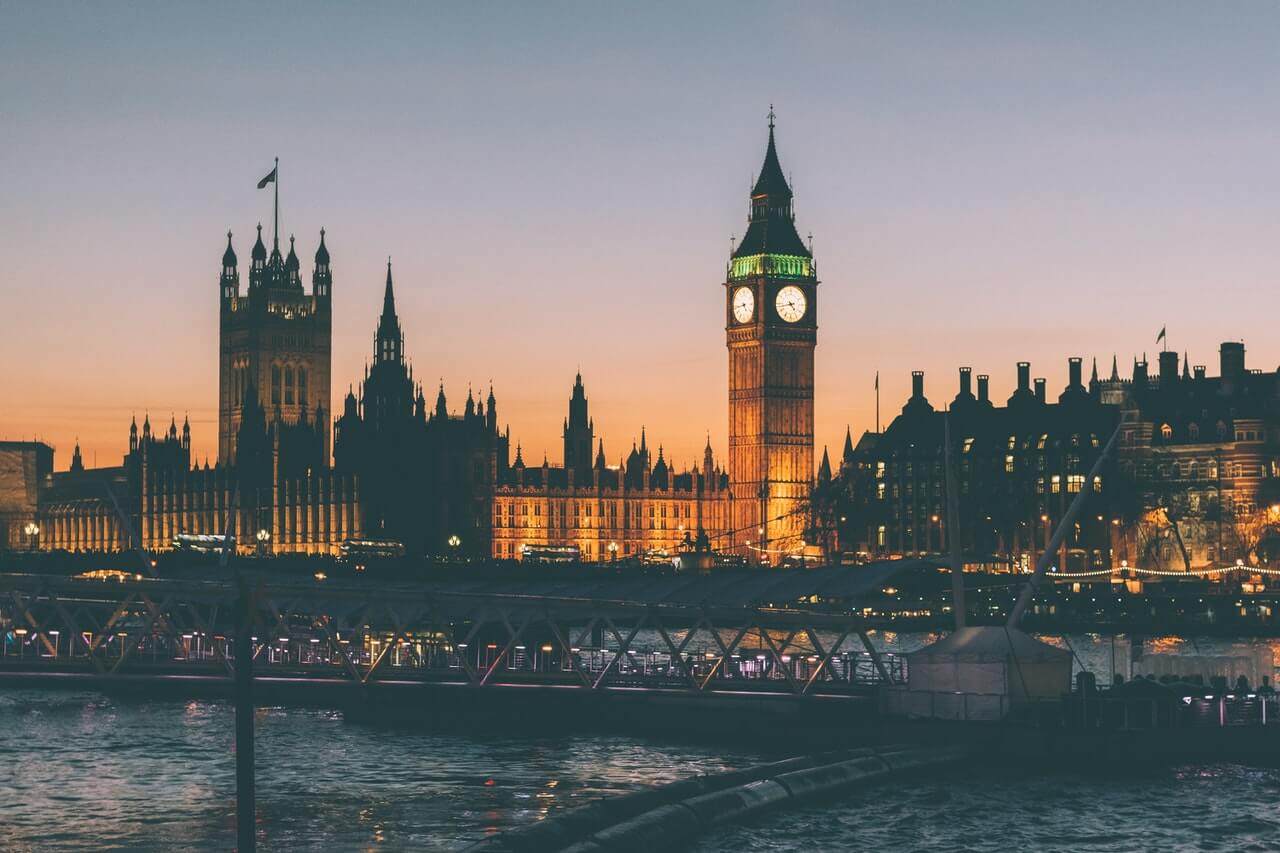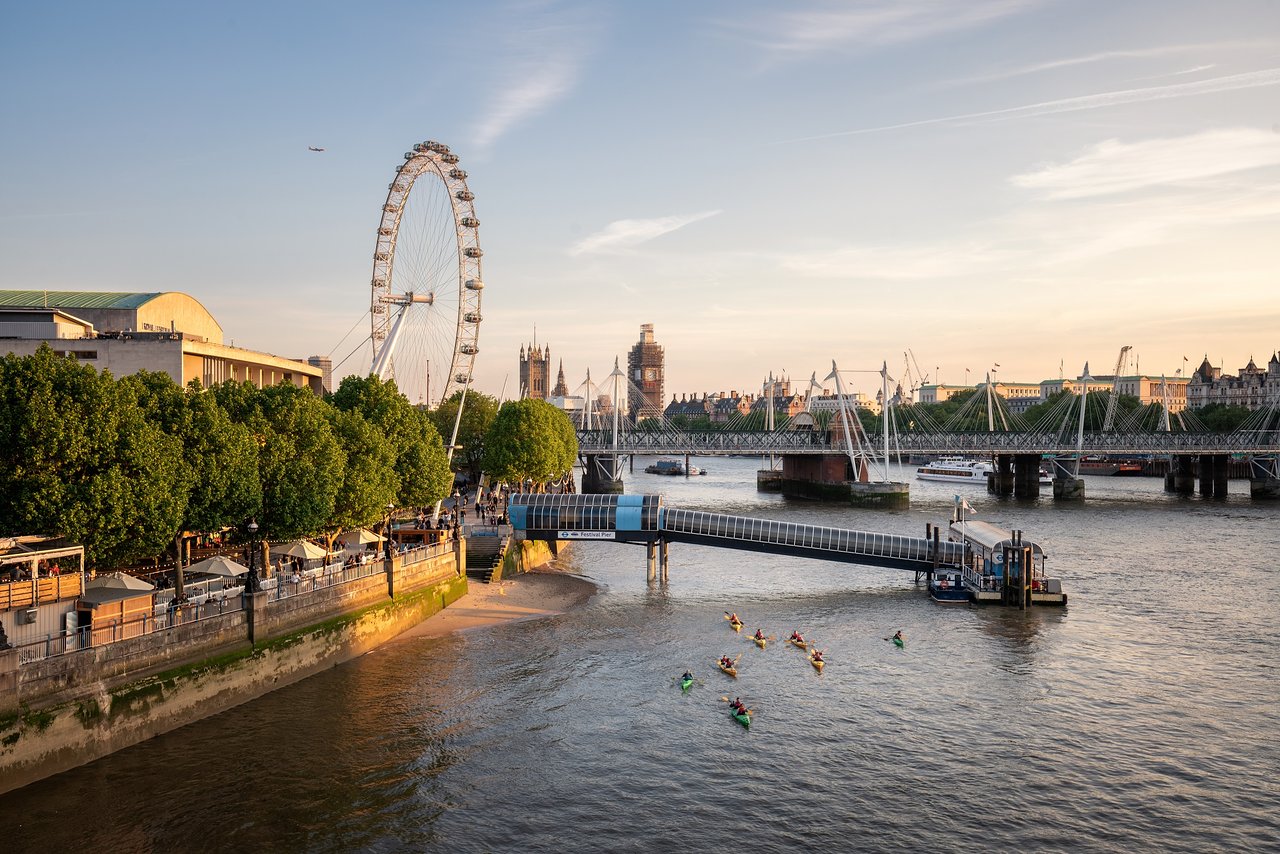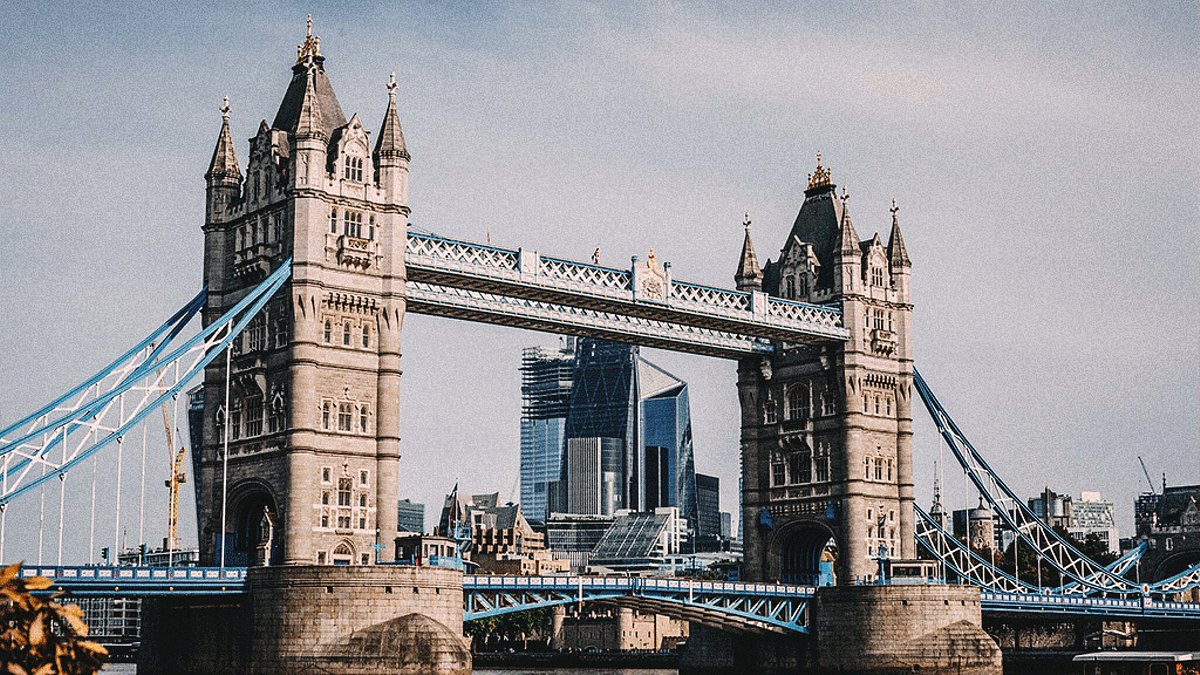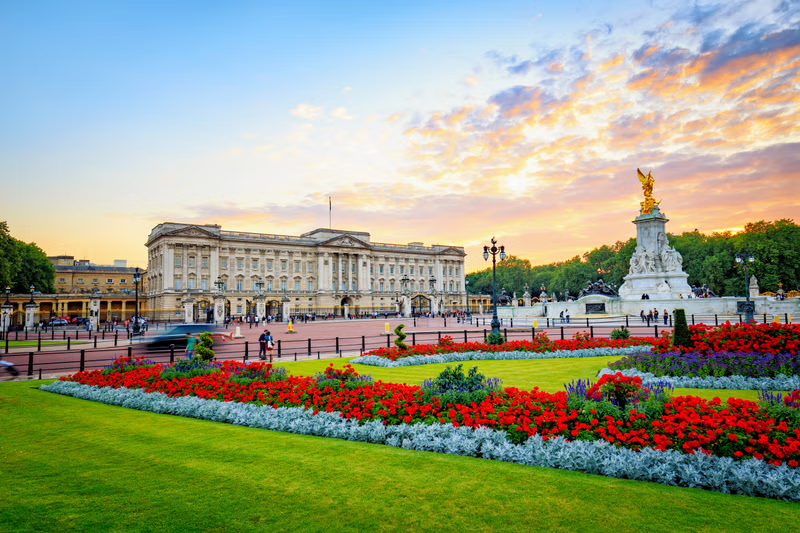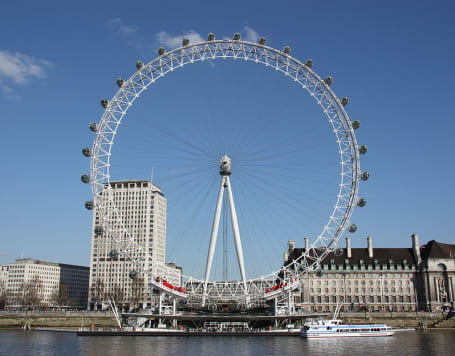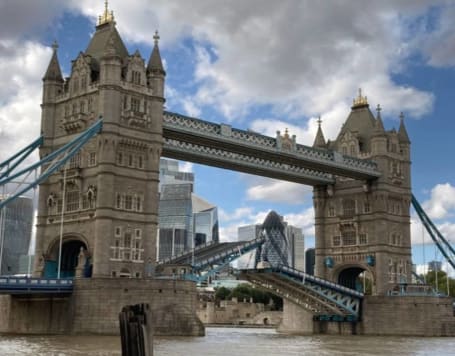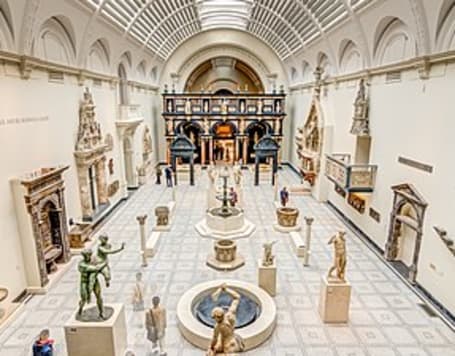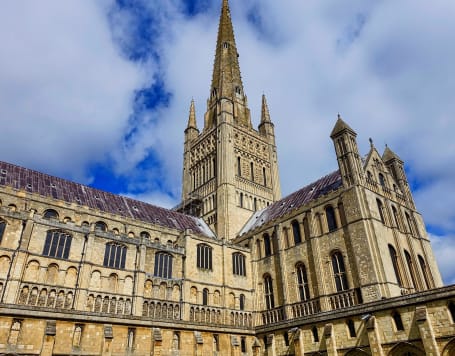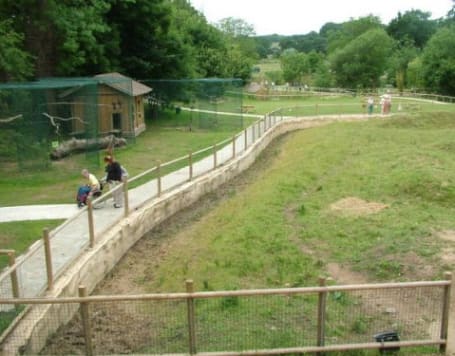London, a city steeped in history and brimming with iconic landmarks, boasts one that stands out not just for its sheer grandeur but also for its functional and symbolic significance - the Tower Bridge. This remarkable structure, a masterpiece of Victorian engineering and architecture, serves as a gateway to both the past and present of this vibrant metropolis.
Historical Context
The story of Tower Bridge begins in the late 19th century when London was rapidly expanding, and the need for improved river crossings became evident. The existing bridges over the River Thames were proving inadequate for the city's burgeoning population and its ever-increasing traffic, both on water and land. A solution was needed, one that would not only accommodate the passage of ships but also reflect the grandeur and ambition of the British Empire at the time.
Design and Construction
In 1876, a competition was held to design the new bridge, and the winning entry came from Sir Horace Jones and Sir John Wolfe Barry, two prominent architects. Their design, a combination of bascule and suspension bridge, was both functional and aesthetically impressive. Construction began in 1886 and was completed in 1894. The final result was a marvel of engineering, featuring two towering piers, ornate Gothic-style detailing, and a central drawbridge section that could be raised to allow tall ships to pass through.
Architectural Marvel
The architectural design of Tower Bridge is a testament to the Victorian era's penchant for ornate detailing and the fusion of functionality with beauty. Its towers, built to resemble medieval castle turrets, rise to a height of 213 feet (65 meters) and are connected by two elevated walkways that offer panoramic views of the city. The choice of materials, including Cornish granite and Portland stone, lends a timeless quality to the structure.
Perhaps the most remarkable aspect of Tower Bridge's design is its dual bascules, which can be raised to an angle of 86 degrees, allowing even the tallest ships to sail beneath. The mechanics of the bascules, powered by steam engines during the bridge's early years and now by electricity, are a marvel of engineering in their own right. Visitors can witness this impressive feat during one of the daily bridge lifts, a sight that never fails to captivate.
Historical Significance
Tower Bridge is more than just an architectural marvel; it is a symbol of London's history and resilience. It has witnessed the city's transformation through two World Wars, the expansion of its skyline, and the evolution of its culture. During both World War I and II, the bridge's central span was raised to deter enemy aircraft from flying over the city.
Moreover, Tower Bridge has played a vital role in royal events and ceremonies. It has been a backdrop for numerous royal processions, and its blue and white color scheme was chosen to complement the nearby Tower of London. The bridge's historical exhibition within its towers offers visitors a chance to delve into its rich history and learn about the people who operated and maintained this magnificent structure over the years.
Modern-Day Attraction
Today, Tower Bridge is not only a critical transportation link connecting the boroughs of Tower Hamlets and Southwark, but it also stands as a world-renowned tourist attraction. Its high-level walkways, accessible to visitors, provide breathtaking views of the city. From here, you can admire London's skyline, with iconic landmarks such as the Shard, the Gherkin, and the Tower of London in sight.
Inside the bridge, the Tower Bridge Exhibition showcases the history and mechanics of this engineering marvel. Interactive displays, historic photographs, and original steam engines take visitors on a journey through time, providing a deeper understanding of the bridge's construction and its role in the city's life.
A Symbol of London
In popular culture, Tower Bridge has become synonymous with London itself. It has featured in numerous films, television shows, and works of literature, cementing its status as a symbol of the city. Its image is often associated with London's timeless charm and historical significance.
Conservation and Preservation
Maintaining a structure as intricate and historically significant as Tower Bridge requires meticulous care and conservation efforts. Regular maintenance, restoration projects, and the dedication of skilled engineers and preservationists ensure that this iconic landmark continues to stand proud for future generations to admire.
Conclusion
In a city where history and modernity coexist, Tower Bridge represents the perfect fusion of both. Its architectural beauty, historical significance, and enduring functionality make it a must-visit attraction for tourists from around the world. Whether you come to marvel at its intricate design, learn about its rich history, or simply to enjoy the panoramic views from its walkways, Tower Bridge offers a captivating experience that leaves a lasting impression and reinforces its place as one of London's most cherished treasures. As you stand on those elevated walkways, gazing at the bustling city beneath, you can't help but appreciate the enduring legacy of Tower Bridge and its timeless role in the heart of London.



